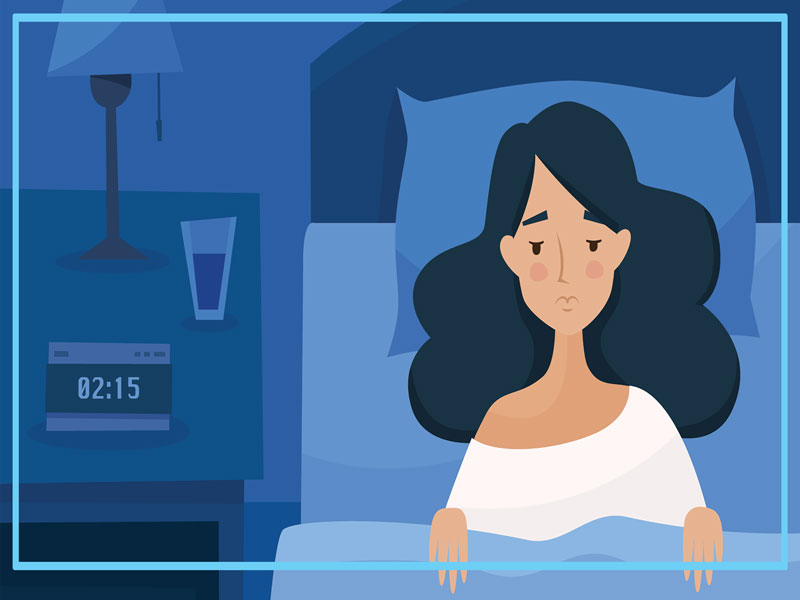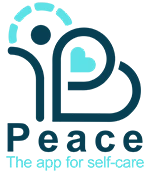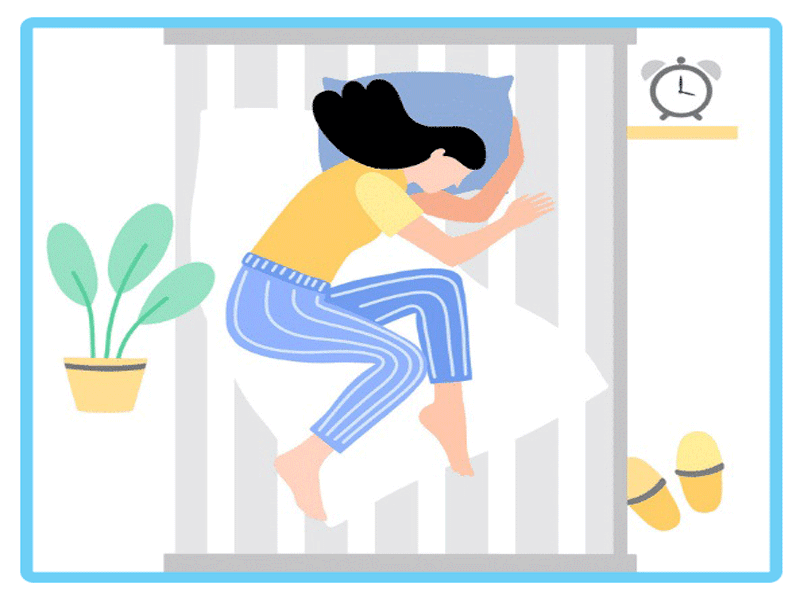Attention Deficit Hyperactive Disorder (ADHD) is one of the most common neurodevelopmental disorders in childhood. The disorder is usually first diagnosed in childhood and often lasts into adulthood. Children with ADHD may have difficulty paying attention to and controlling rapid and sudden behaviors, may be overactive, or may act without thinking about the consequences of their behaviors.
Attention Deficit Hyperactivity Disorder (ADHD)
Hyperactivity Disorder (ADHD) is one of the most common developmental neurological disorders among children, with about three to five percent of school-age children suffering from hyperactivity. The prevalence is higher in boys than girls. In this disorder, a stable pattern of hyperactivity, inattention and impulsive behaviors is seen. Symptoms of hyperactivity in children usually appear before they enter school.
Signs and Symptoms of Hyperactivity Disorder
Symptoms of ADHD can range from inattention to inactivity. It is normal for children to have difficulty concentrating at times, but children with ADHD continue to have this problem. These symptoms can be severe and can cause problems for them at school, at home, and with friends.
We classify ADHD into three different types based on which category of symptoms is stronger in a person:
Inattentive: In this type of disorder, it is difficult for our child to pay attention to details or follow instructions on a regular basis and to complete a task. His attention is easily distracted or he forgets the details of his daily work.
Impulsive / Hyperactive: In the hyperactive-impulsive type, our child is restless and talks a lot. It is difficult for him to sit for long periods of time (for example, eating or doing homework). Younger children may run, jump, or climb constantly.
In this type of ADHD, the child feels restless and has no control over his behavior. He may interrupt others or speak at inappropriate times. It is difficult for him to follow the turn or listen to the instructions. Children with impulsivity may experience more physical injuries than others.
Combined: In this case, the symptoms of both of the above are equally present in our child.
Note that symptoms can change over time.

Causes of Hyperactivity Disorder
Studies do not confirm the impact of factors such as high sugar intake, excessive television watching, social and environmental factors such as poverty or family problems in the development of ADHD. Of course, these can make the symptoms worse, but the evidence is not strong enough to conclude that they are the cause of ADHD.
The causes and risk factors for ADHD are unknown, but current research shows that genetics play an important role in the development of the disease. A history of ADHD in family members, as well as a history of other mental disorders (such as depression, anxiety, obsession, etc.) in parents, increases the risk of developing ADHD in children.
In addition to genetics, researchers are investigating possible causes and other risk factors, such as:
Brain Injury
Exposure to environmental pollutants during pregnancy or at an early age, such as lead
Alcohol and tobacco use during pregnancy
Preterm delivery
Low birth weight
Treatment of Attention Deficit Hyperactivity Disorder
In most cases, it is best to treat ADHD with a combination of behavioral therapy and medication.
For preschool children (4-5 years old) with ADHD, behavior therapy, especially parental education, is recommended as the first pre-medication treatment. Which treatment works best depends on the child and his family. The child’s treatment plans include careful monitoring, follow-up, and, if necessary, lifestyle changes throughout the course of treatment.
Managing the symptoms of ADHD
In addition to behavioral therapy and medication, providing a healthy lifestyle for our child can help him or her cope more easily with the symptoms of ADHD. The following behaviors can help children:
Develop healthy eating habits such as eating fruits, vegetables, whole grains and choosing low-fat protein sources
Participate in daily physical activities appropriate for the child’s age
Limit your child’s daily use of television, computers, cell phones and other electronic devices
Adhere to the recommended bedtime based on the age of the child
Attention Deficit Disorder in Adults
ADHD can continue into adulthood. This disorder has never been diagnosed in some adults with ADHD. Symptoms can cause problems at work, at home, or in relationships. The symptoms of this disorder may vary with age, for example, hyperactivity in adults may be severe restlessness.

Treatment tips for people with ADHD
It may be difficult for you to get things in order. Write down your important tasks on sticky notes and stick them on the wall so you don’t forget to do them. Planning helps you a lot. Find ways to drain energy, such as exercising and relaxing, such as listening to soft music or doing yoga and meditation. Choose your goals realistically and focus more on the things you are good at. Reward yourself when you do things well and with focus. This will condition your mind.
Due to the widespread prevalence of hyperactivity in Iran and its widespread consequences, it is necessary to consult a psychologist and counselor. The hyperactive child disrupts the parents’ life plan more than any other child and shows more problems in his / her behavior if he / she is not controlled and managed in the future. Therefore, it is better to see specialists to treat the maladaptive behaviors of these children. The psychologists at our sponsoring center can help you with this.


